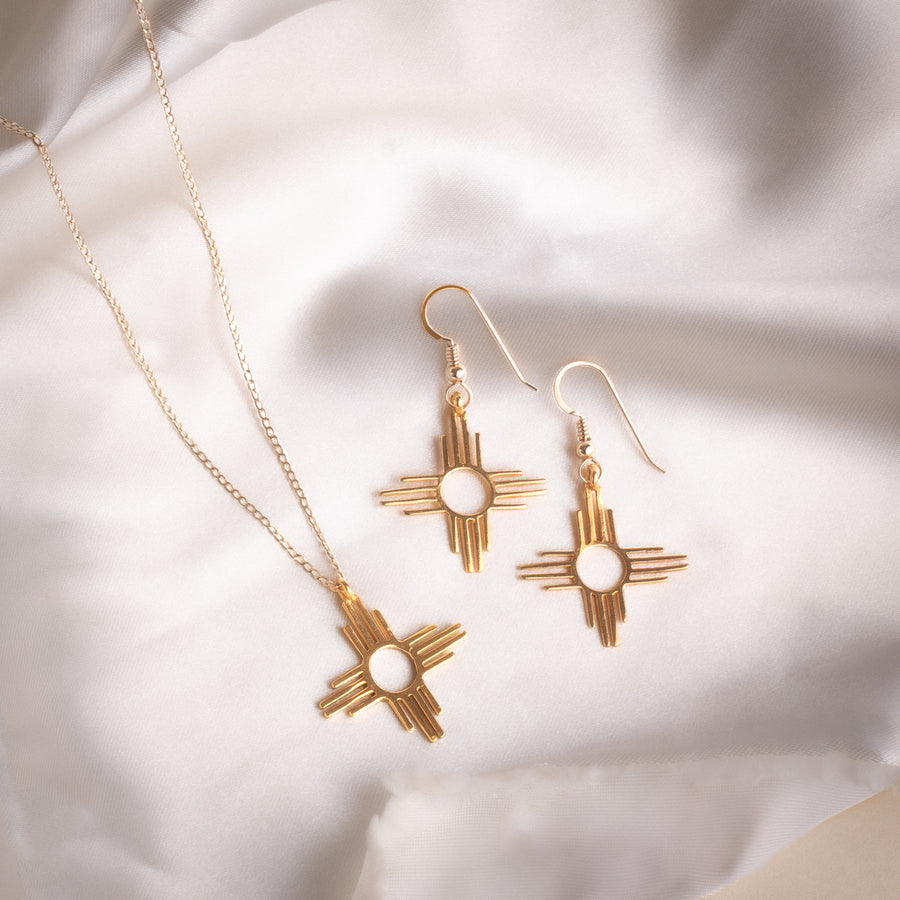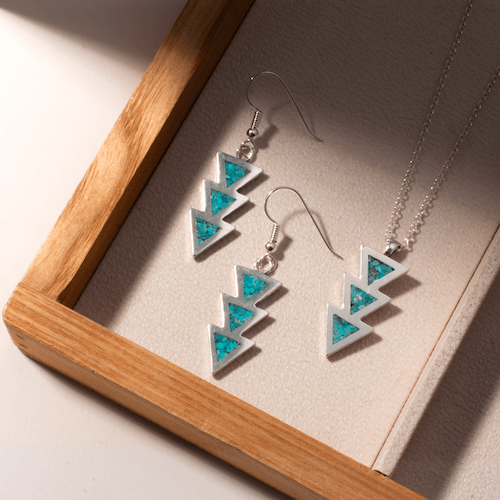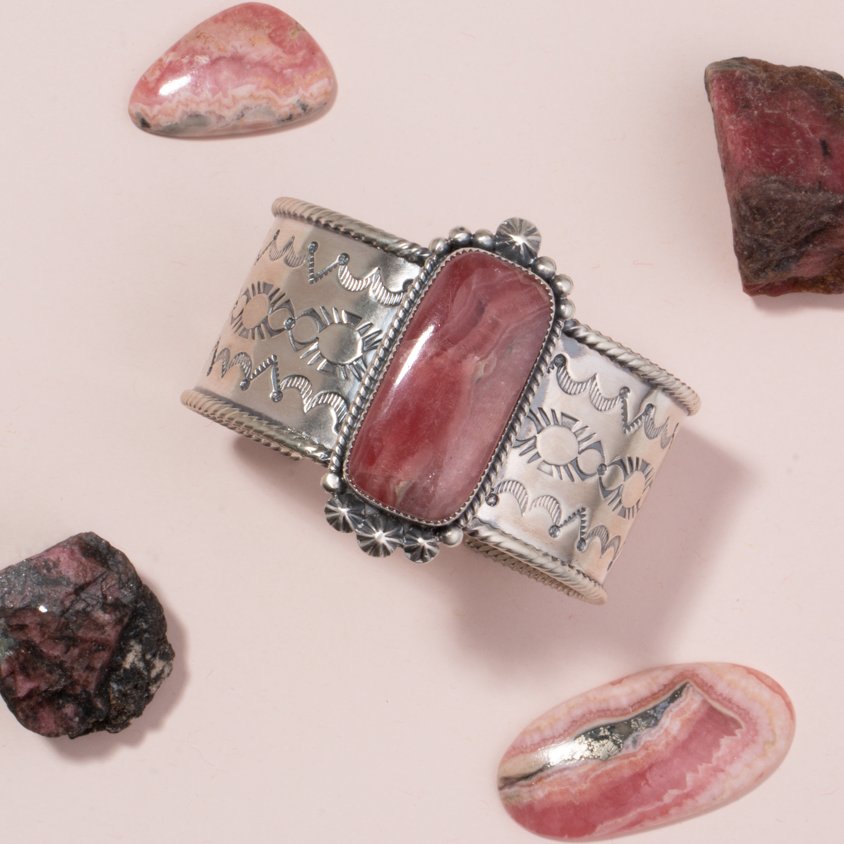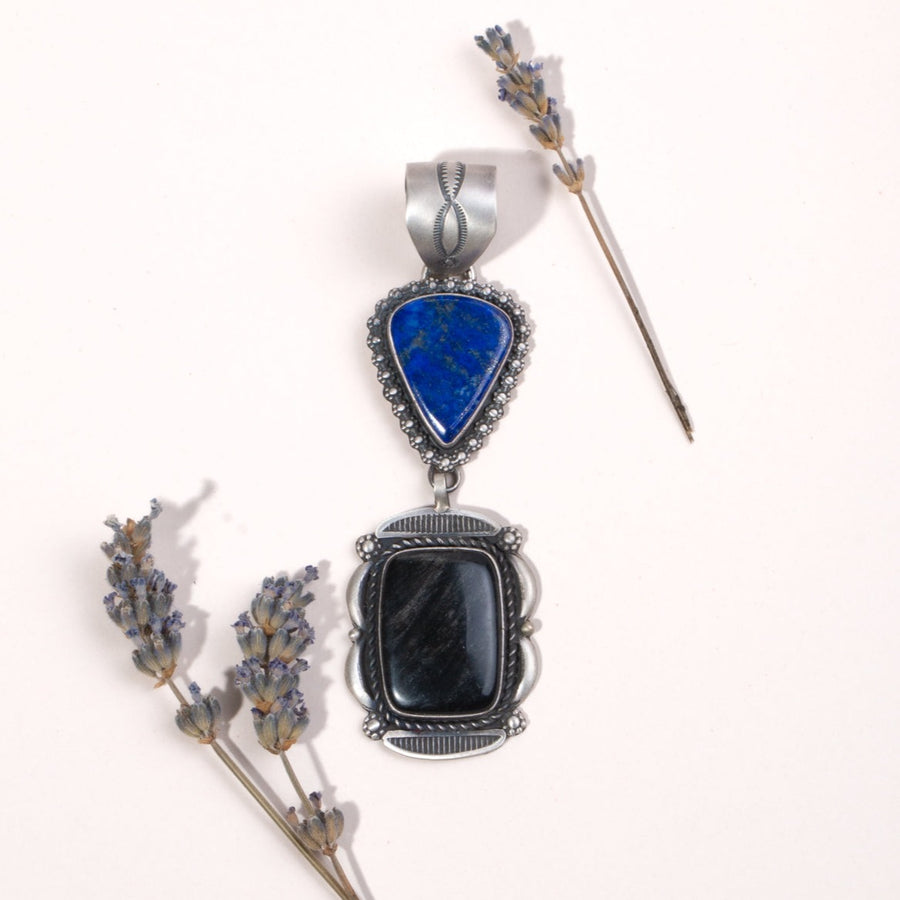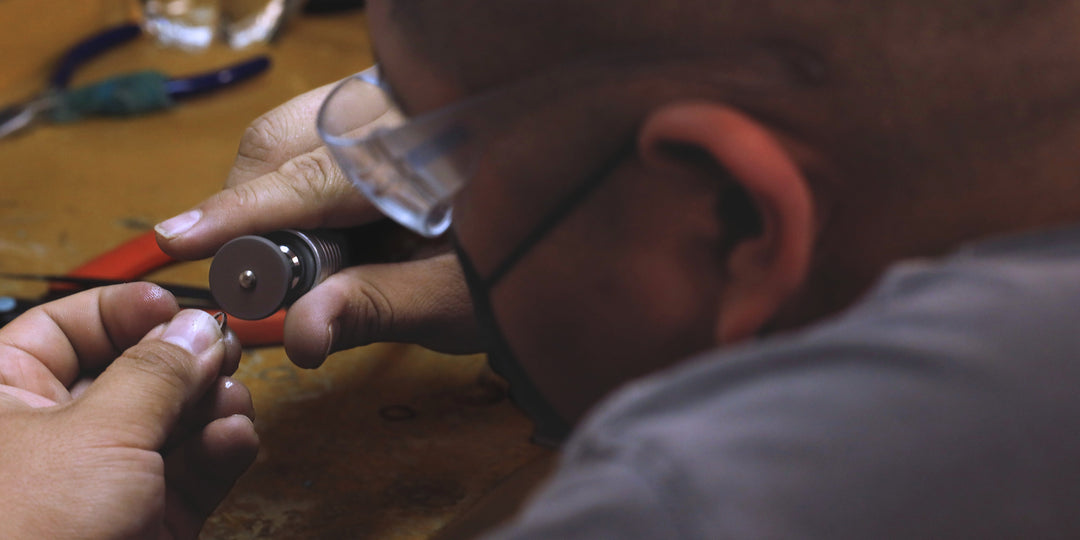What You Need to Know About Turquoise Mining Today

Turquoise is a semi-precious stone, but there is a variety in the quality that makes the price vary as well. Mines in Nevada, New Mexico, Arizona, and Colorado all produce the high-quality stones needed for use in jewelry. For the work they put in, less than five percent of what they take out is of the necessary quality to be used in fine jewelry. The time and labor necessary to prepare the stones for use add to the overall cost.
The largest change behind the price of natural turquoise can be found in the closure of many of the mines which formerly marketed the raw stones. Governmental restrictions on mining combined with higher costs for permits, equipment, and other necessities made the mining of turquoise more difficult and less profitable. As turquoise is found in conjunction with other minerals such as copper, some mines chose to forego the turquoise and concentrate on other operations. Some closed altogether.
Another issue for mine owners was turquoise coming from out of the country, in particular from China. The popularity of the stone created the incentive for other countries like China to produce their own turquoise for sale in the world market. Unable to compete with the cheaper stones being imported, some mine owners in the US opted to slow down or cease turquoise mining, with the belief they could go back to it after the influx of Chinese turquoise slowed. But that hasn’t happened. Today it is estimated that close to seventy-five percent of the turquoise on the market comes from China.

A buyer seeking genuine Native American jewelry may find that the price for a piece is a bit higher than manufactured pieces, but they can be assured that the quality of the jewelry they purchase will be much higher as well. In spite of its price increase, turquoise remains an important stone for Native artists and their work.

